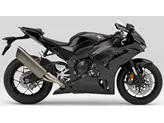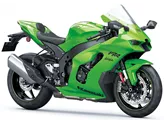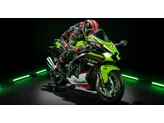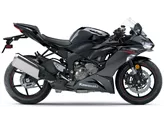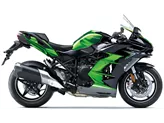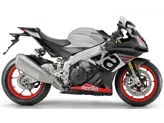Kawasaki Ninja ZX-10R 2021 vs. Kawasaki Ninja ZX-6R 636 2013
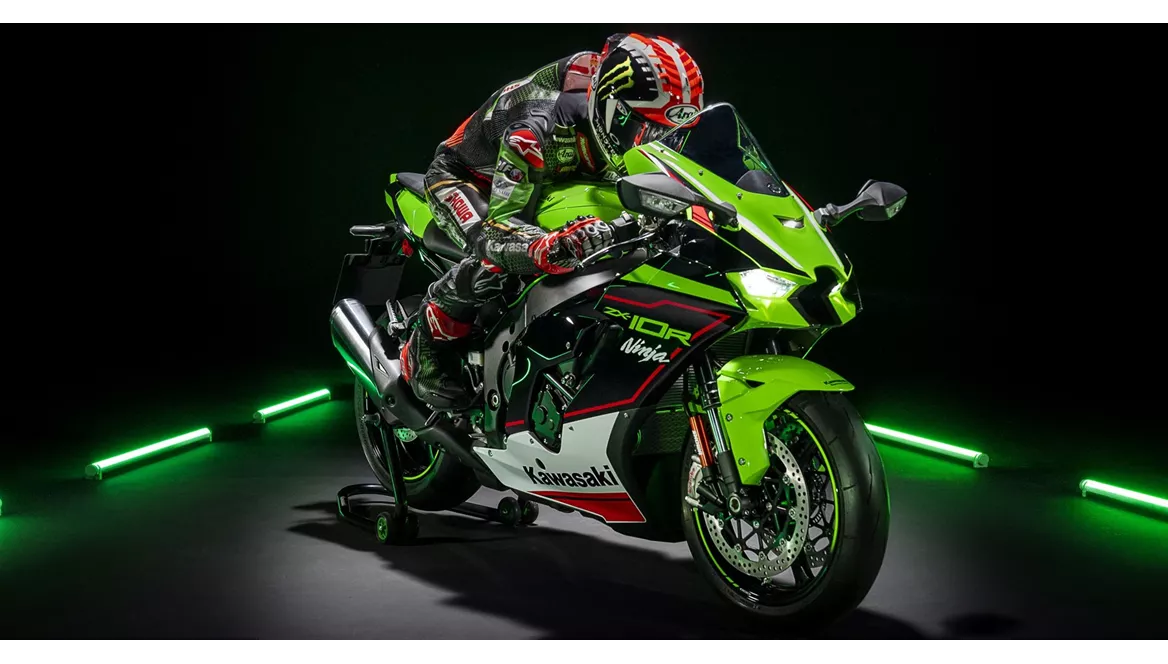
Kawasaki Ninja ZX-10R 2021

Kawasaki Ninja ZX-6R 636 2013
Vue d’ensemble - Kawasaki Ninja ZX-10R 2021 vs Kawasaki Ninja ZX-6R 636 2013
The Kawasaki Ninja ZX-10R 2021 and the Kawasaki Ninja ZX-6R 636 2013 are both supersport motorcycles from Kawasaki, but they have several differences in terms of their technical specifications and strengths.
Starting with the technical specifications, the Kawasaki Ninja ZX-10R 2021 is equipped with an in-line engine with a bore of 76 mm and a stroke of 55 mm. It has an impressive engine power of 203 HP and a torque of 114.9 Nm. The compression ratio is 13 and it has four cylinders with a displacement of 998 ccm. The front suspension is an upside-down telescopic fork with adjustable compression, preload, and rebound. The frame is made of aluminum and the front brakes are double disk with radial, petal technology from Brembo. The front tire width is 120 mm with a diameter of 17 inches, while the rear tire width is 190 mm with a diameter of 17 inches. The wheelbase is 1440 mm and the seat height is 835 mm. The kerb weight is 207 kg and it has a fuel tank capacity of 17 liters.
On the other hand, the Kawasaki Ninja ZX-6R 636 2013 also features an in-line engine, but with a smaller bore of 67 mm and a stroke of 45.1 mm. It has an engine power of 131 HP and a torque of 71 Nm. The compression ratio is 12.9 and it also has four cylinders with a displacement of 636 ccm. The front suspension is an upside-down telescopic fork with adjustable compression, preload, and rebound. The frame is made of aluminum and the front brakes are double disk with radial, monoblock, petal technology from Nissin. The front tire width is 120 mm with a diameter of 17 inches, while the rear tire width is 180 mm with a diameter of 17 inches. The wheelbase is 1395 mm and the seat height is 830 mm. The kerb weight is 192 kg and it has a fuel tank capacity of 17 liters.
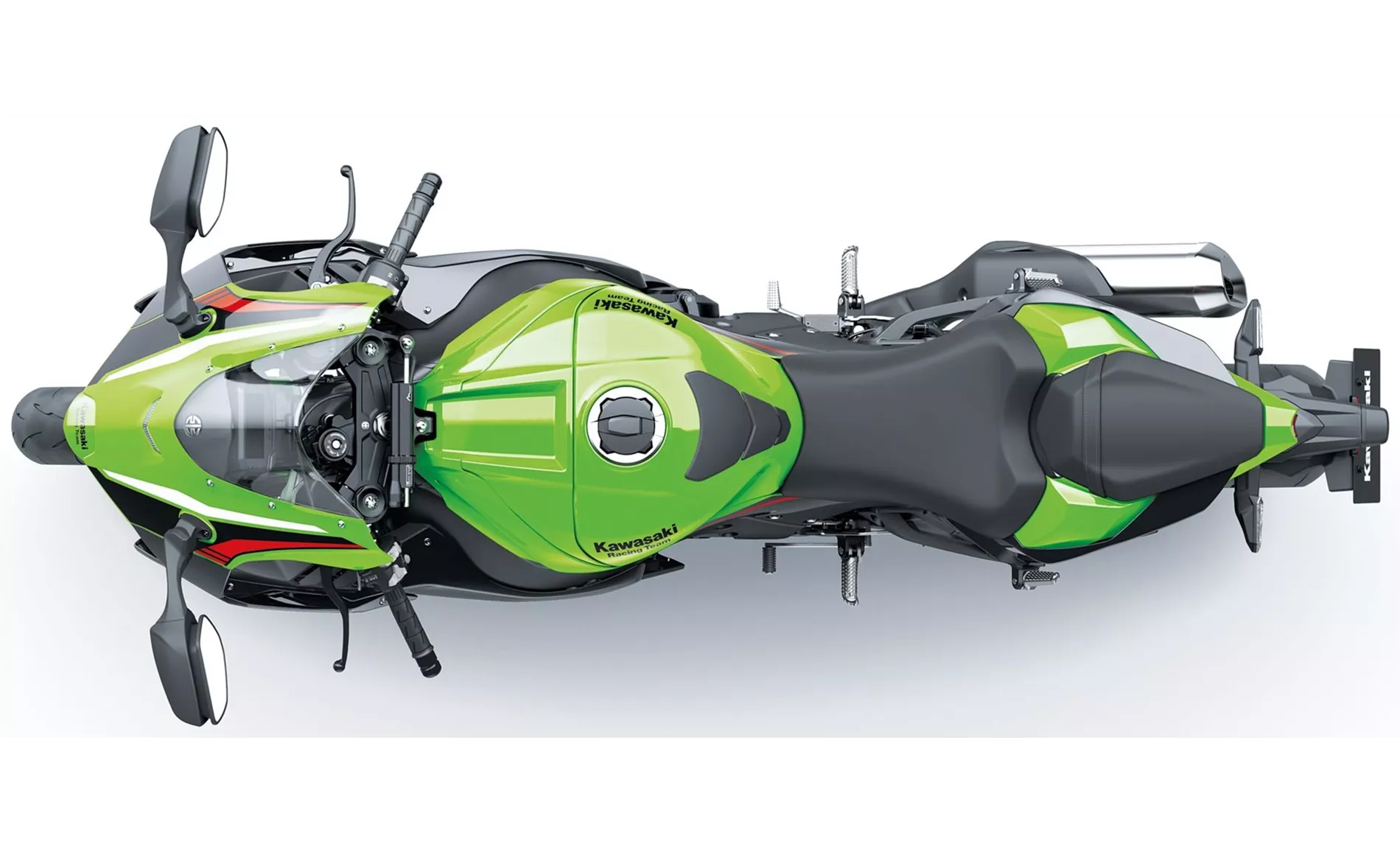
Kawasaki Ninja ZX-10R 2021
In terms of strengths, the Kawasaki Ninja ZX-10R 2021 stands out for its high-quality workmanship and strong components. Its engine is high-revving and powerful, providing a thrilling riding experience. The motorcycle also offers great wind protection and good aerodynamics, making it comfortable to ride even at high speeds. The seating position is suitable for tall riders and the electronics package is of high quality. The powerful brakes and well-balanced chassis contribute to its excellent performance.
On the other hand, the Kawasaki Ninja ZX-6R 636 2013 is praised for its sharpened geometry and good handling. It offers a seating position that is comfortable for riders and is known for its uncompromising reliability.

Kawasaki Ninja ZX-6R 636 2013
However, the Kawasaki Ninja ZX-10R 2021 does have a few weaknesses. It may exhibit load change reactions in the partial load range, and its quickshifter can be somewhat slow. Additionally, the display on the motorcycle is relatively small.
In comparison, the Kawasaki Ninja ZX-6R 636 2013 has a single weakness, which is its high purchase price.
Overall, the Kawasaki Ninja ZX-10R 2021 and the Kawasaki Ninja ZX-6R 636 2013 are both impressive motorcycles in their own right. The ZX-10R offers more power and advanced features, while the ZX-6R provides a reliable and agile riding experience. The choice between the two ultimately depends on the rider's preferences and priorities.
Caractéristiques techniques Kawasaki Ninja ZX-10R 2021 par rapport à Kawasaki Ninja ZX-6R 636 2013
Avantages et inconvénients en comparaison
Avantages et inconvénients en comparaison
Kawasaki Ninja ZX-10R 2021
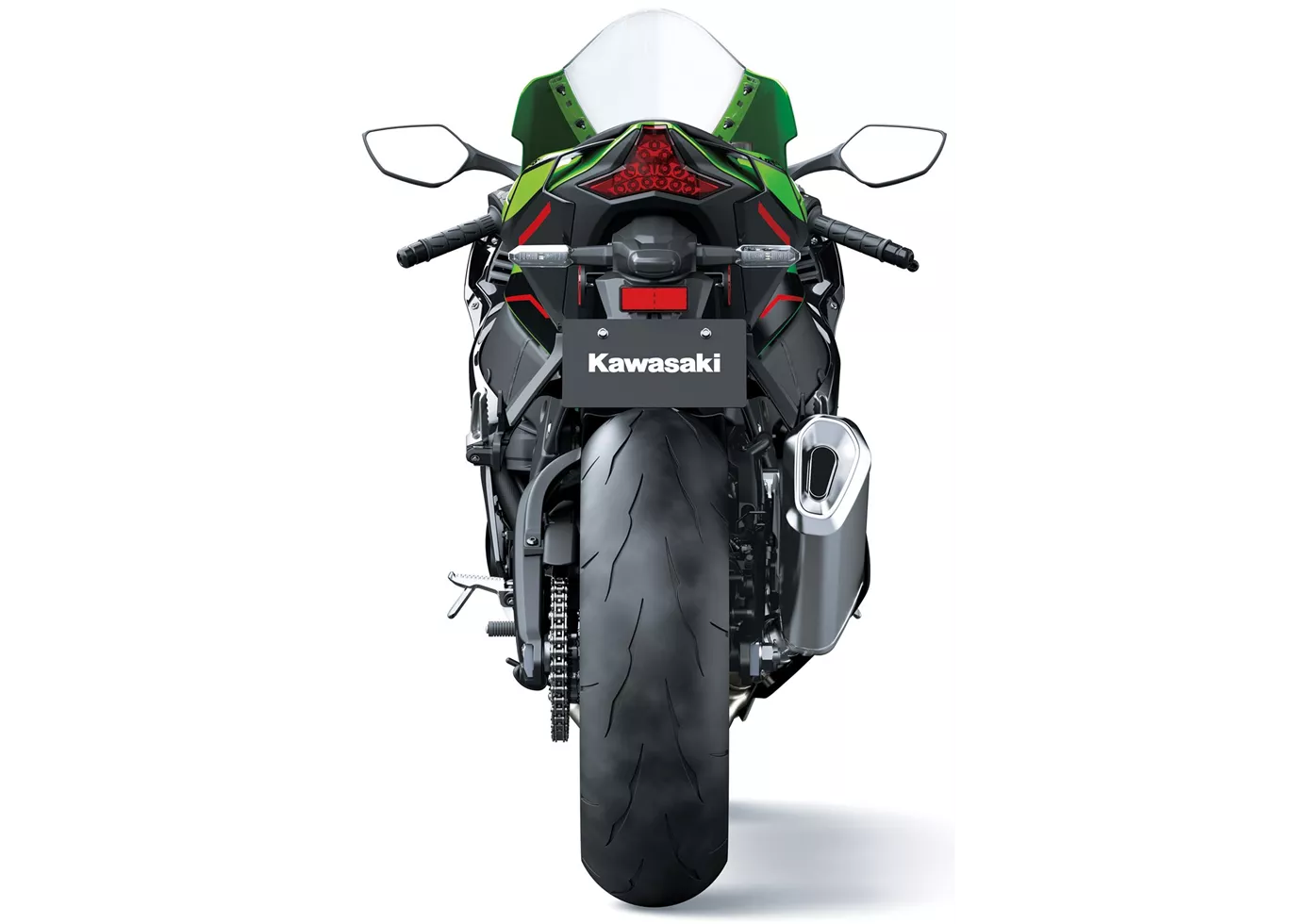
Avec la Ninja ZX-10R, Kawasaki propose pour l'année modèle 2021 un package complet et sophistiqué qui, avec sa nouvelle face avant, ressemble vraiment à 2021. La moto offre un espace surprenant pour le pilote et on se sent bien en selle. Le moteur poussif ne laisse rien à désirer - sauf peut-être une plus grande discipline en charge partielle. Pour mener à bien ce projet, Kawasaki a misé sur des ingrédients de qualité : suspension Showa, amortisseurs de direction Öhlins, freins Brembo avec disques de 330 ainsi qu'une électronique haut de gamme. Grâce à son électronique de qualité et à son moteur souverain, la Ninja ZX-10R fait même assez bonne figure sur les routes de campagne - pour autant que l'on soit capable de souffrir un peu en matière de position assise en raison du concept.
Kawasaki Ninja ZX-6R 636 2013

La Kawa convainc par sa bonne maniabilité et sa fiabilité sans compromis. Une moto puissante, mais certainement pas une bonne affaire.
Comparaison des prix Prix moyen du marché Kawasaki Ninja ZX-10R vs Kawasaki Ninja ZX-6R 636
There are a few key differences between a Kawasaki Ninja ZX-10R 2021 and a Kawasaki Ninja ZX-6R 636 2013. It takes less time to sell a Kawasaki Ninja ZX-6R 636 with 122 days compared to 177 days for the Kawasaki Ninja ZX-10R. Since model year 2005 1000PS.de editors have written 51 reviews for the Kawasaki Ninja ZX-10R and 7 reviews for the Kawasaki Ninja ZX-6R 636 since model year 2013. The first review for the Kawasaki Ninja ZX-10R was published on 1/11/2004 and now has more than 2,900 views. This compares to more than 20,800 views for the first review on Kawasaki Ninja ZX-6R 636 published on 12/3/2012.




